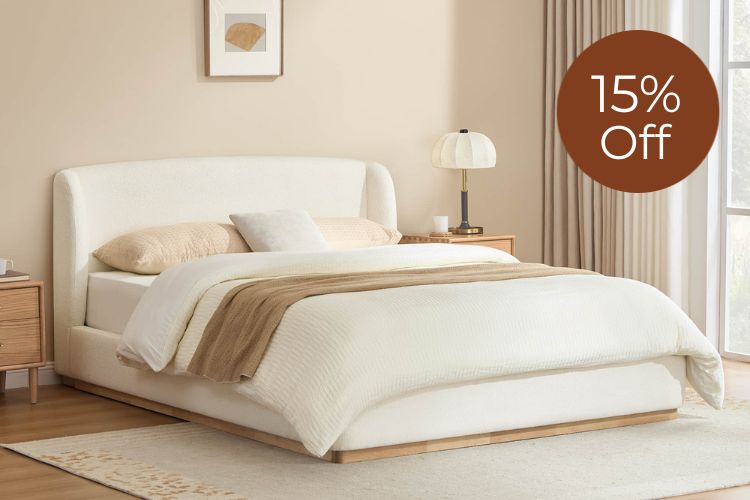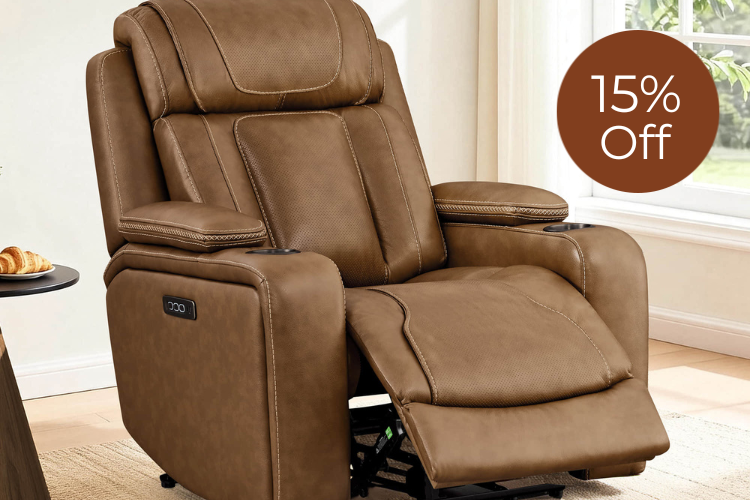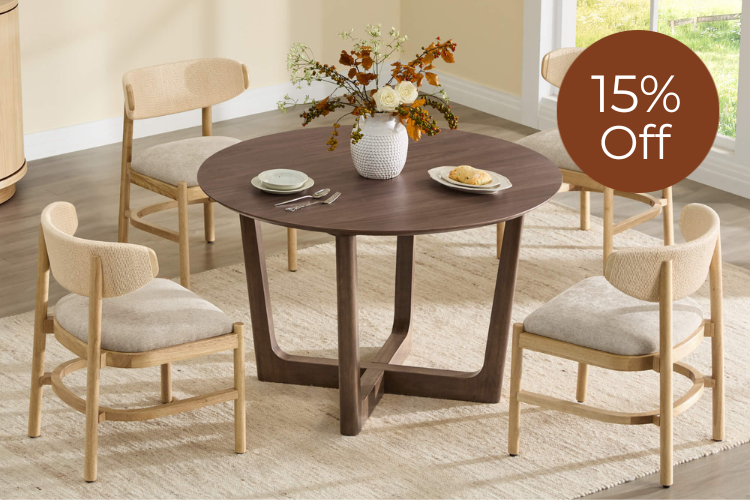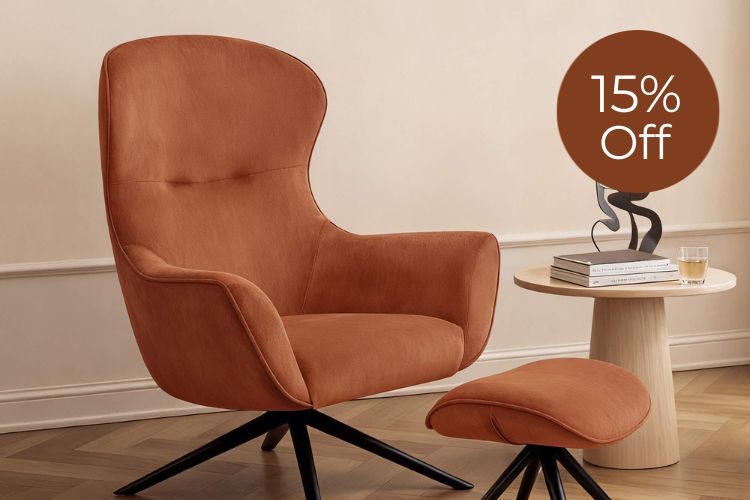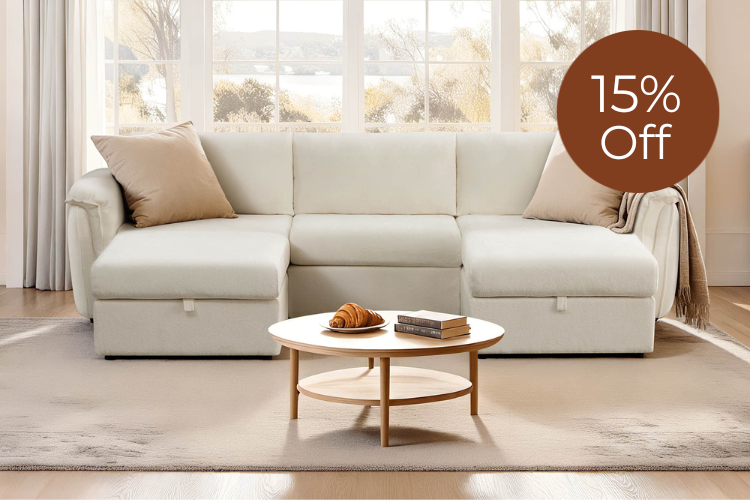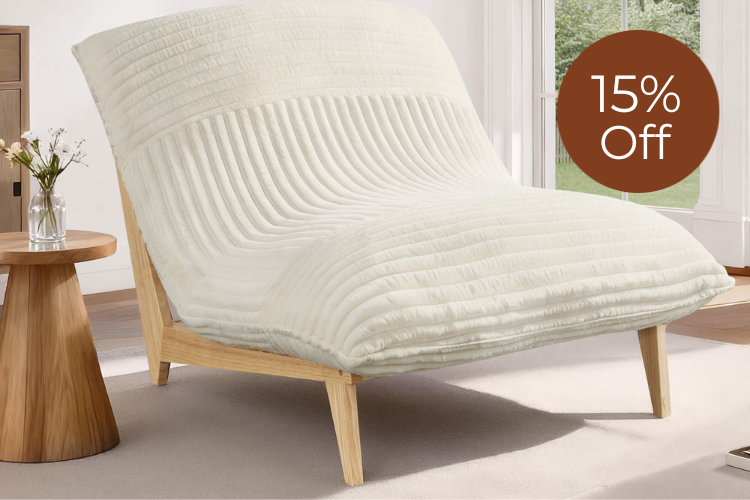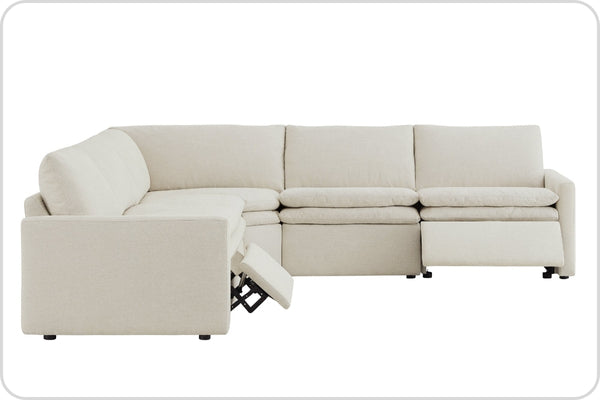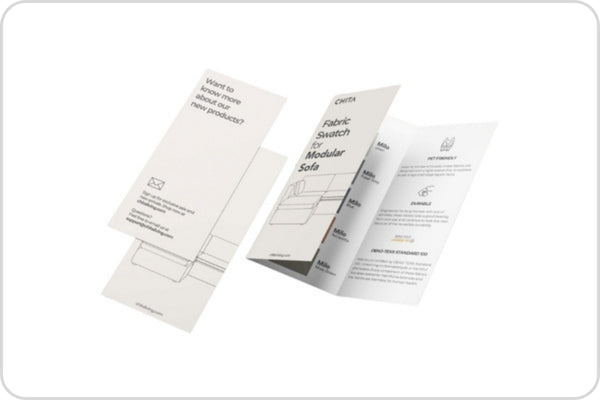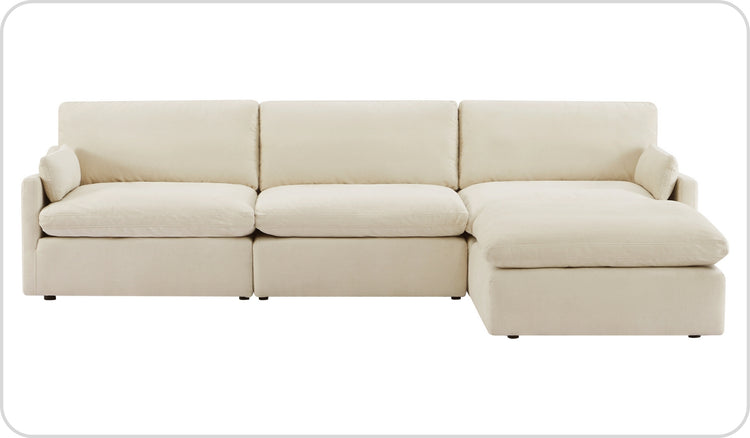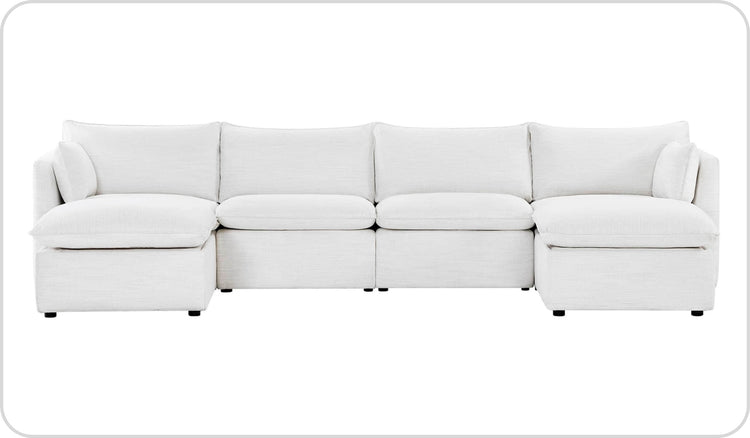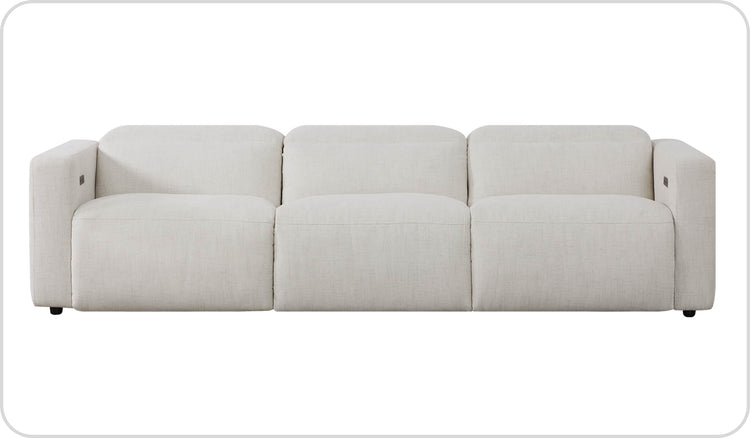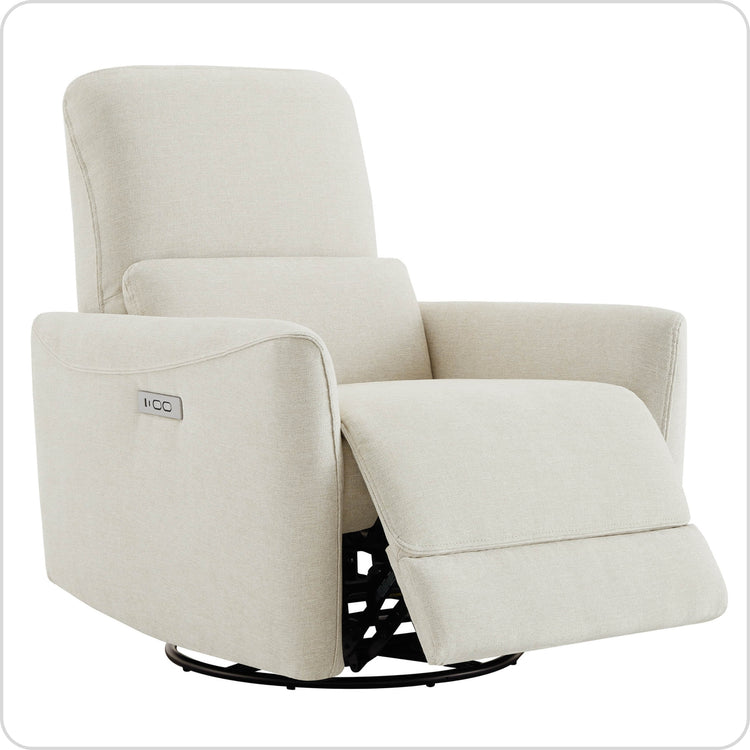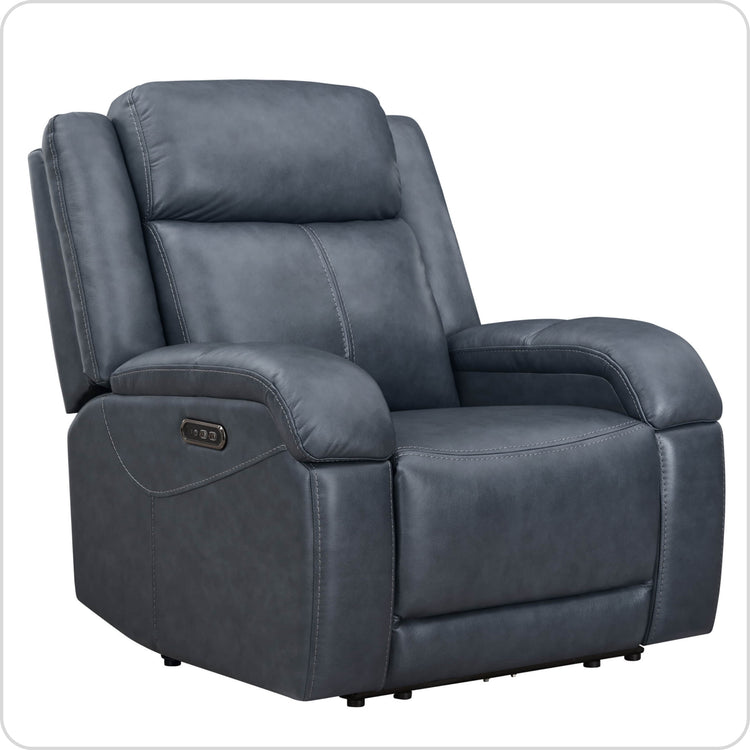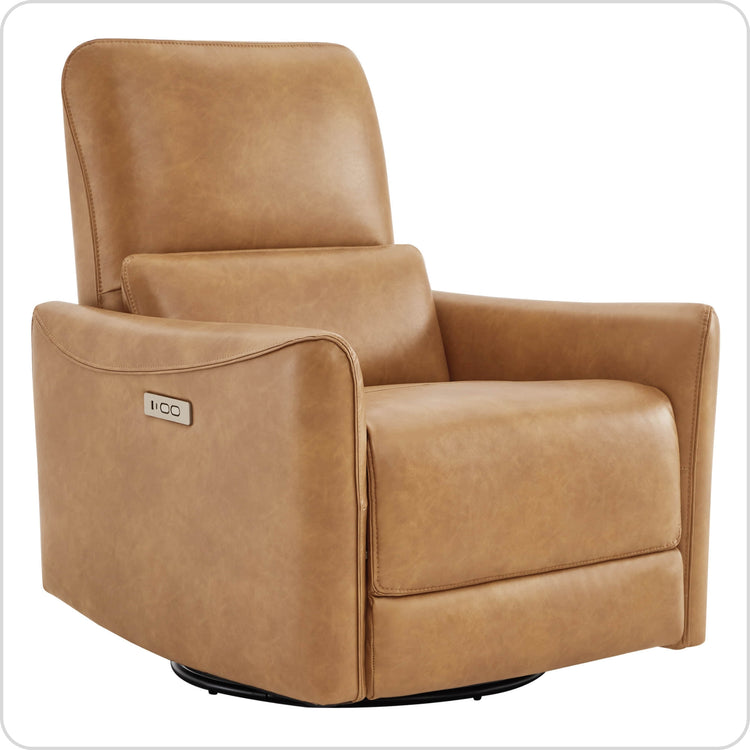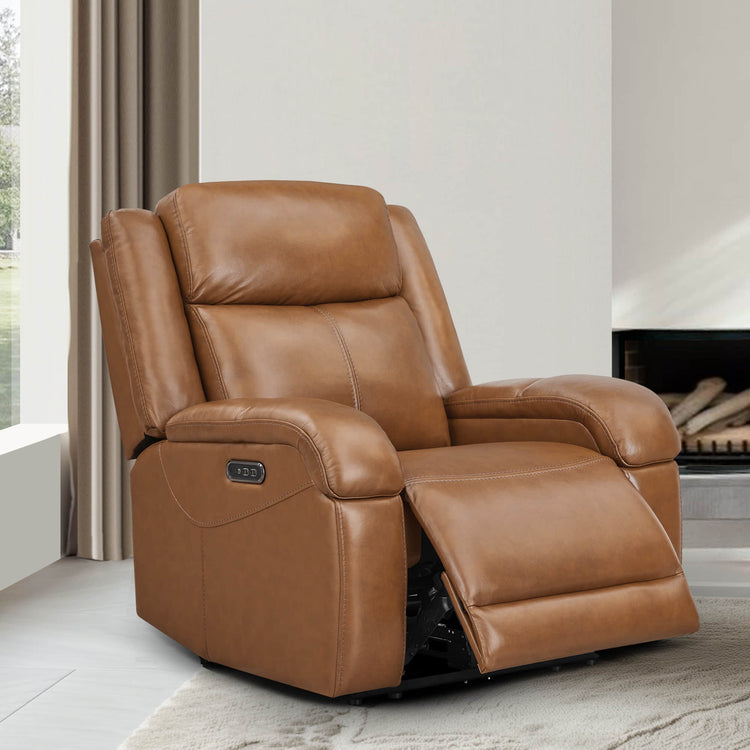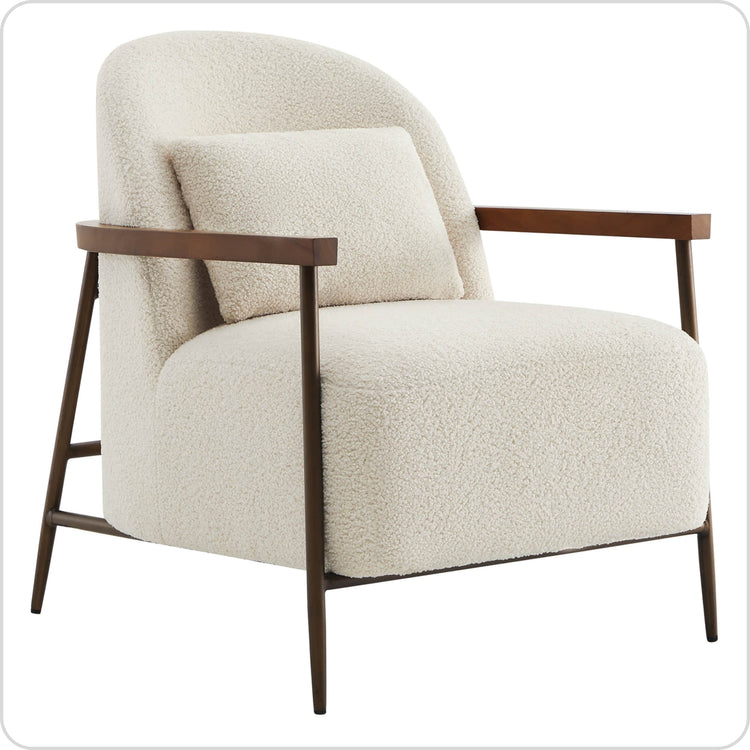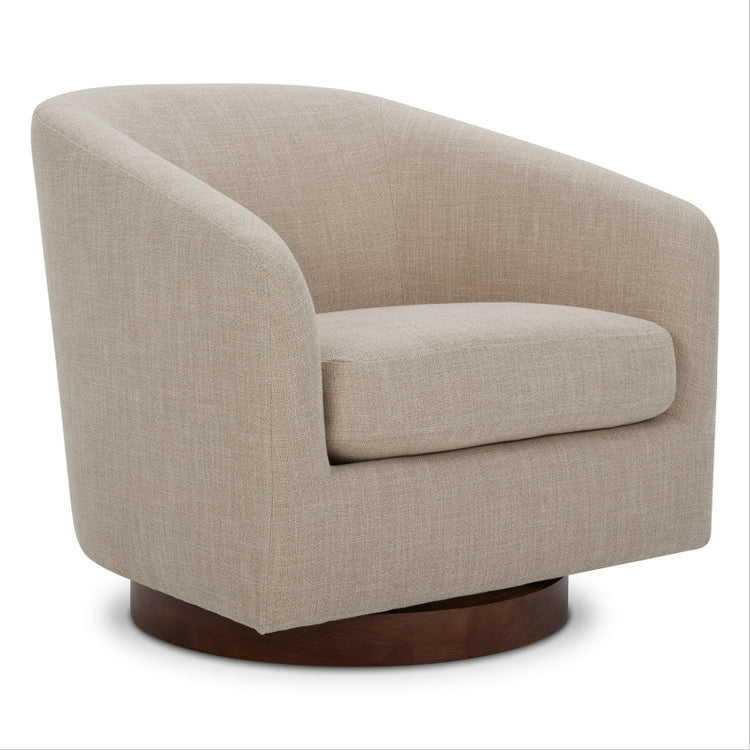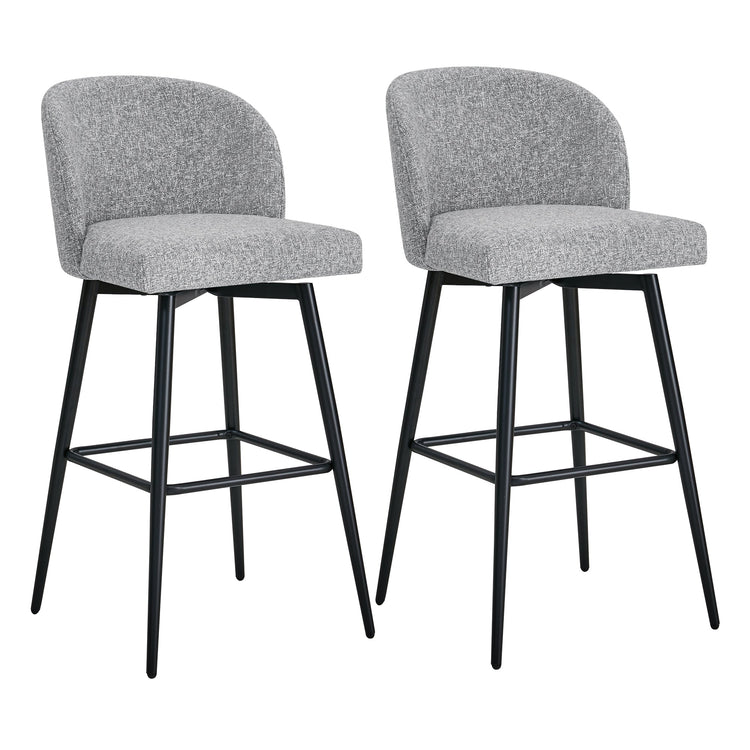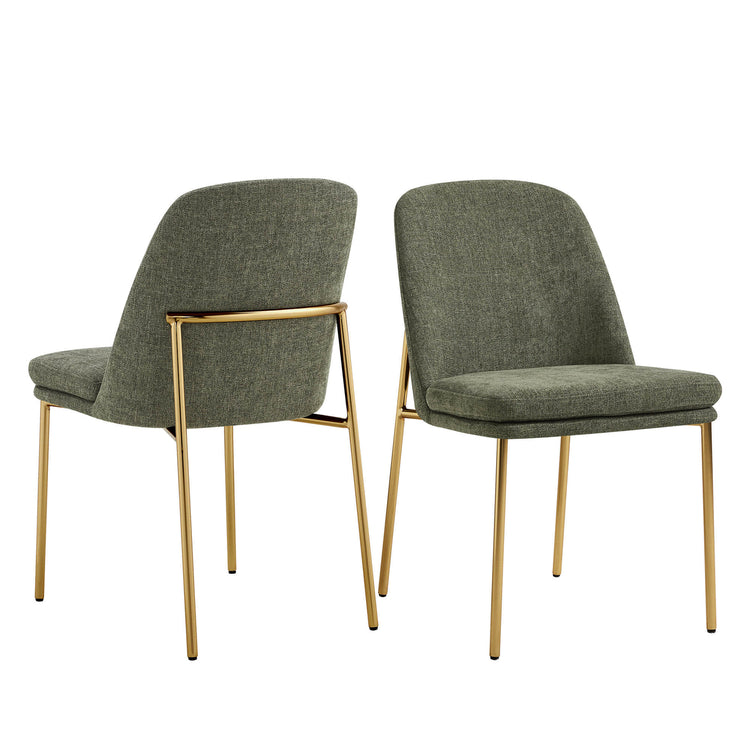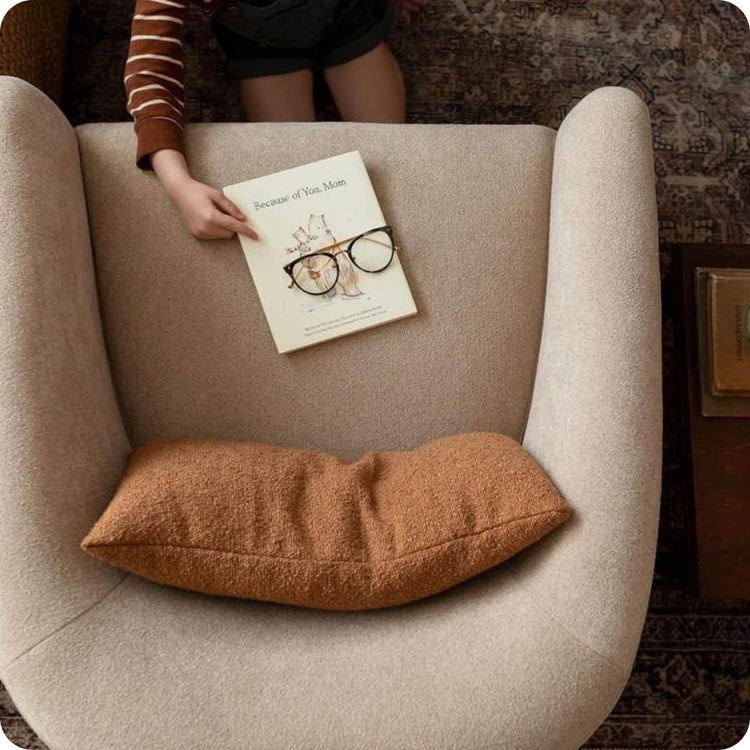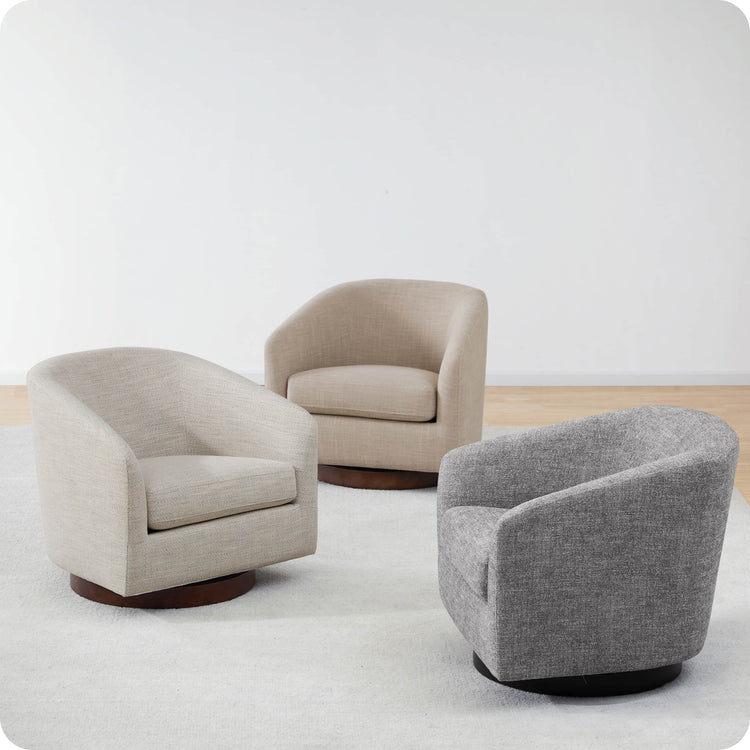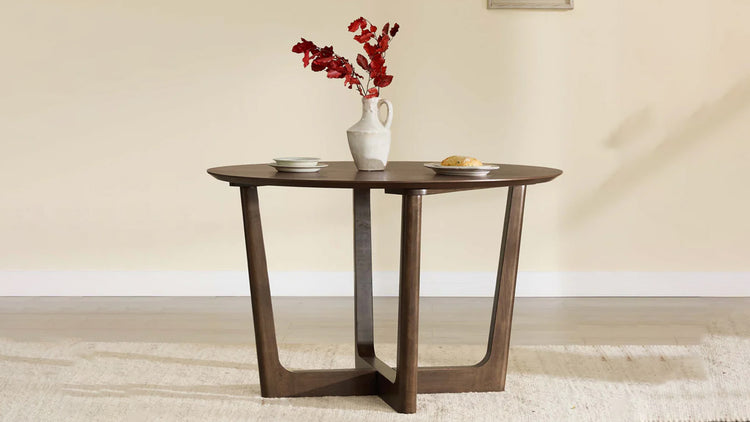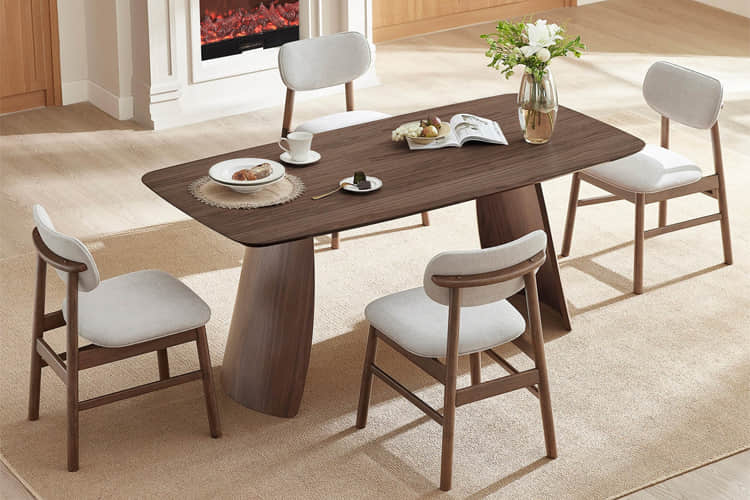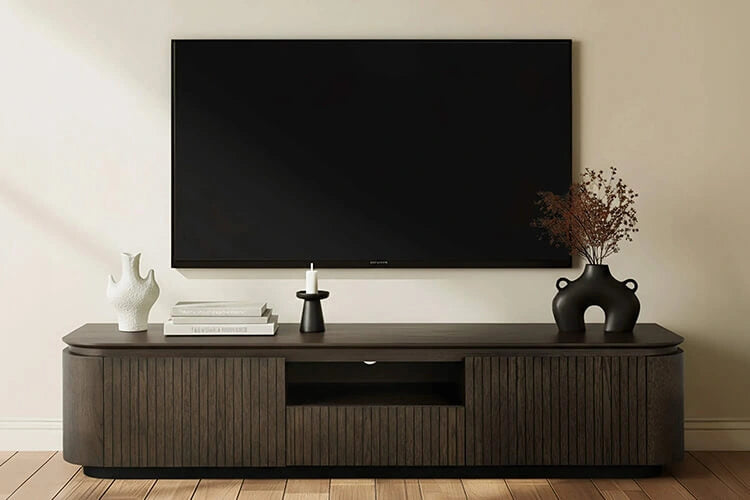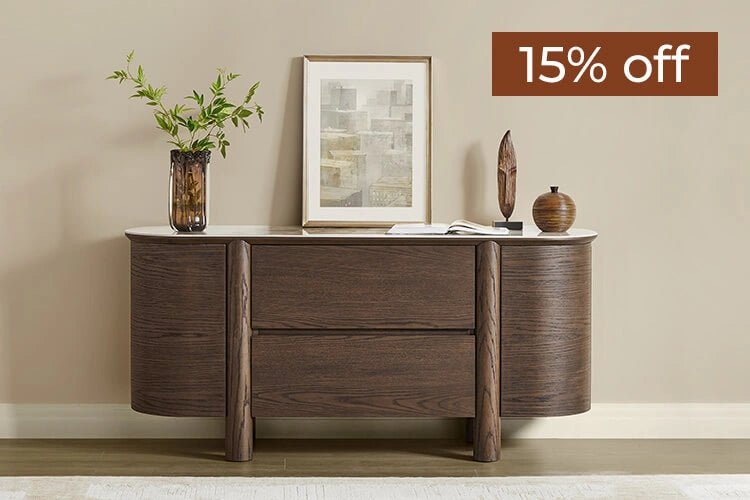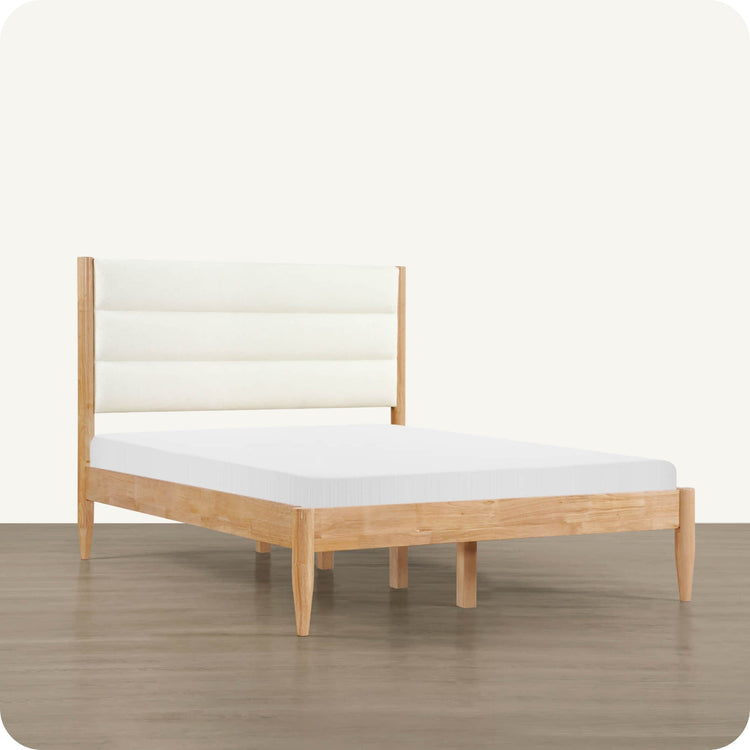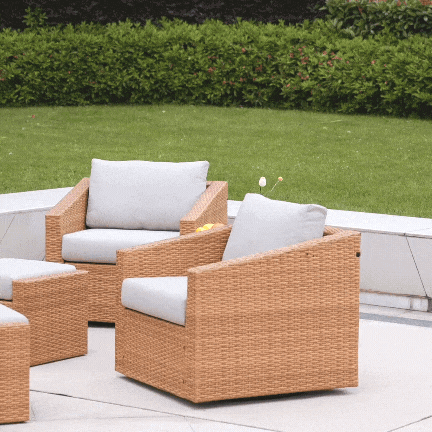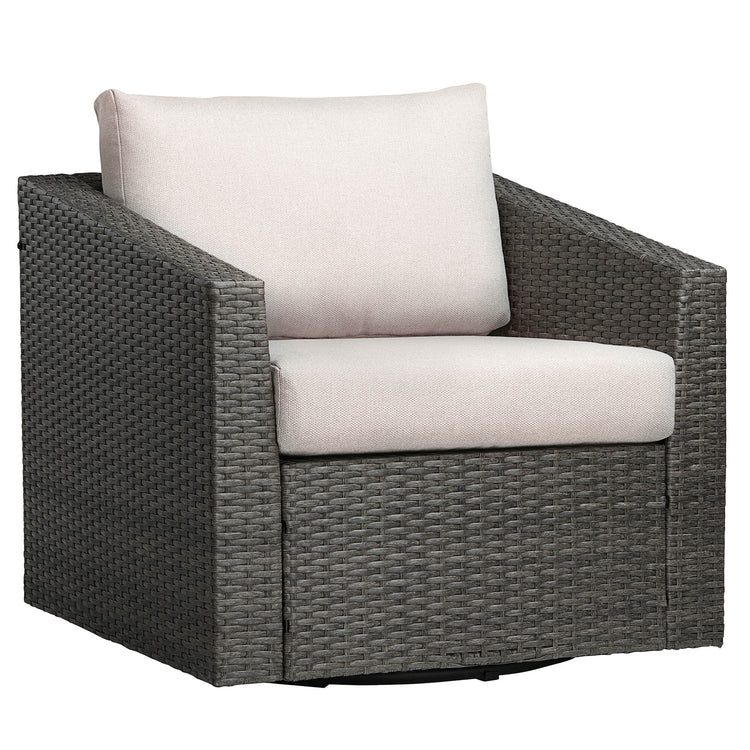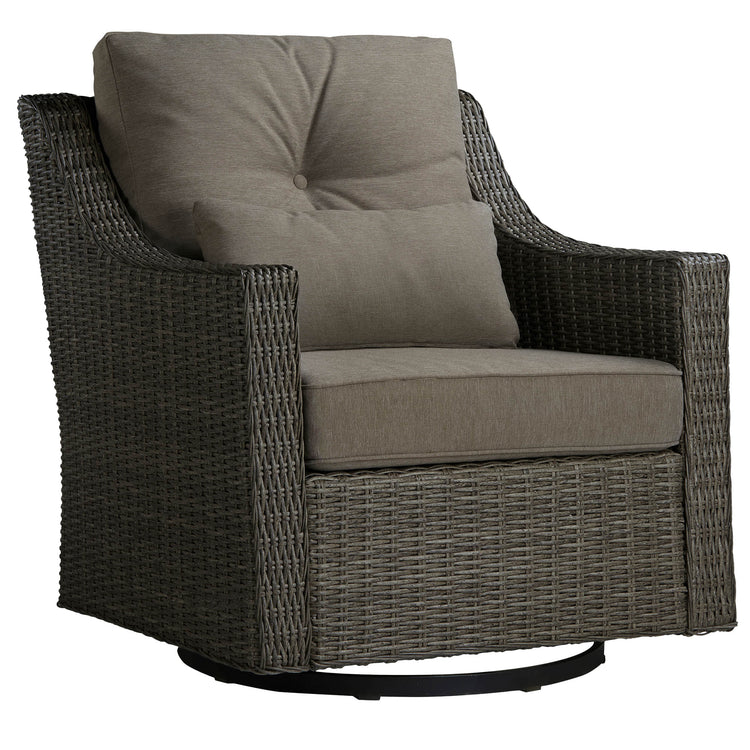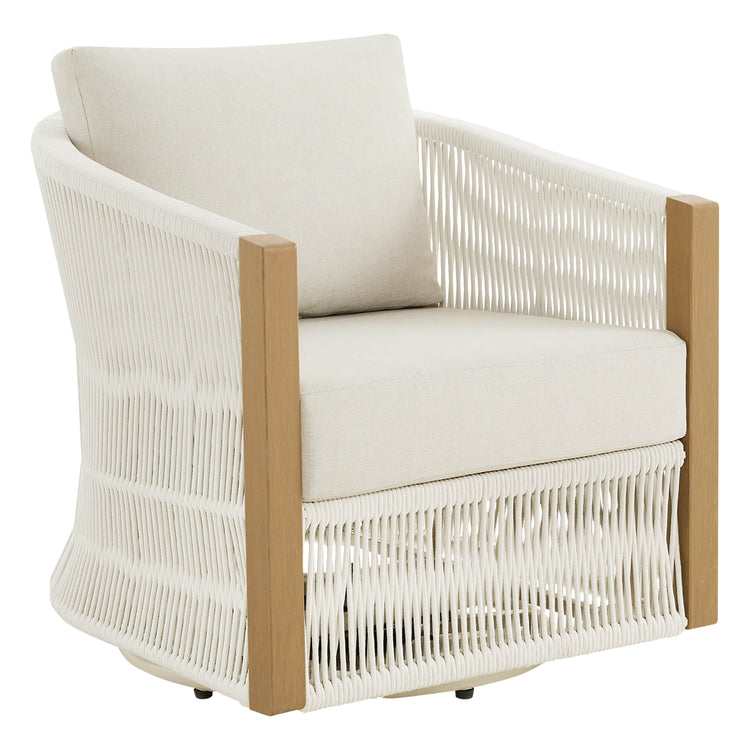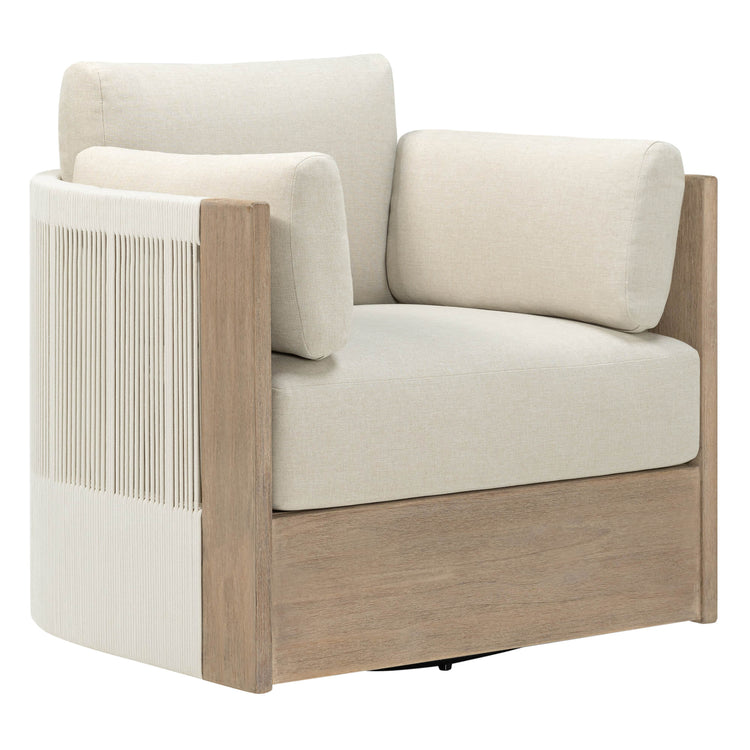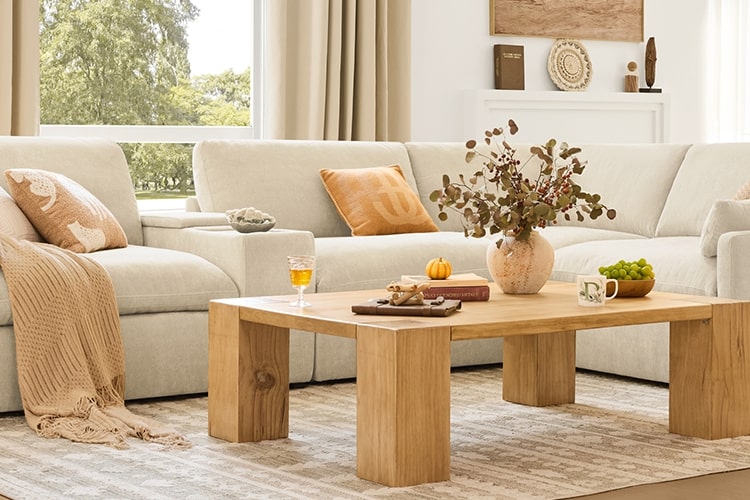A comfortable recliner can make all the difference when you want to relax at home. However, even the best recliners can start to lose their comfort over time. Luckily, there are several easy ways to make your recliner more comfortable and customize it to your needs:
Choose the Right Recliner Cushions
One of the easiest ways to make a recliner more comfortable is to upgrade the cushions. The original cushions that come with most recliners tend to flatten out over time. Replacing them with thicker, plusher cushions can revive comfort. When choosing new cushions, opt for materials like memory foam, latex foam, feather, or high-density foam. Memory foam contours to the shape of your body, relieving pressure points. Latex foam is very buoyant but still supportive. Feather or down cushions offer plush softness that cradles your shape. High-density foam holds its shape well. The filling you choose comes down to personal preference.
 Fabric or Leather? Tracee Recliner provides both!
Fabric or Leather? Tracee Recliner provides both!
Adjust the Recline and Footrest
If your recliner footrest or backrest has gotten stiff and hard to adjust over time, a little maintenance can go a long way toward comfort. Start by vacuuming around the joints and mechanisms. Then, apply a silicone lubricant spray. Avoid using oils, as they can damage the upholstery fabric. Test the levers, allowing the footrest and backrest to fully recline. If needed, repeat lubricating until the parts move smoothly again.
You can also adjust the recline and footrest angle to find the most comfortable positioning for your needs. Typically, the optimal recline angle to alleviate back pressure is around 135 degrees. However, angles between 120 and 160 degrees are generally viewed as comfortable. Play around with your recliner’s lever system to find just the right tilt. Extend the footrest to a position that supports your legs without over-flexing your hips or knees. Finding the personalized sweet spot makes a big difference!
Add Lumbar Support
Even plush cushions can fail to support the natural curve of your lower back properly. Fortunately, lumbar support accessories can help fill this gap. Lumbar pillows are an easy add-on solution. Look for pillows made of firm memory foam or latex. The pillows should be proportioned to fit comfortably into the curve of your back while seated. Position the pillow in the triangle space between your mid to lower back and the chair. Plush, microfiber covers prevent the firm interior from feeling overly hard.
With Lumbar Support, Alora Recliner gives long hours of relaxing
For more customization, lumbar support inserts or cushions built into the recliner backrest are great. Choices include inflatable air bladders you can adjust to your ideal degree of support. Memory foam inserts are also molded to match the lower spine. Before installing inserts, measure the interior curve of your backrest to ensure a proper fit. Lumbar support accessories specially sized for recliners provide ergonomic comfort.
Position Your Recliner Properly
Where you place your recliner in the room impacts comfort, too. Make sure there is sufficient clearance for the backrest and footrest to fully recline. Position it at least 3 feet from walls or furnishings to allow for free movement. Keep frequently needed items within arm’s reach, like side tables, floor lamps, or TV remotes, to prevent straining.
 Position Tracee Recliner a proper place, make it a stunning visual artpiece
Position Tracee Recliner a proper place, make it a stunning visual artpiece
Thanks to @_joegallo_
Proper seat height is also essential for comfort. Recliner seats should be at least 16 to 20 inches off the ground - or higher if you have mobility issues. Using a supportive riser wedge beneath the legs boosts the seat height by several inches if needed. Position the recliner near an electrical outlet so you can easily plug in control pads or massage units without inconvenient and unsafe extension cords stretching across the room. Taking the time to optimize the placement sets you up for long-term comfort.
Maintain the Recliner
Like any piece of furniture, some periodic maintenance keeps a recliner in top condition. Every few months, thoroughly vacuum under and around the chair to remove dust and debris that can lead to squeaks and grinding noises from the mechanics. Every year or so, use a leather cleaner and conditioner formulated for recliners to moisturize the material, preventing cracks and tears. This helps the upholstery retain its soft, supple texture.
Inspect the internal reclining mechanisms at least twice per year. Tighten any loose fasteners promptly - before they wear down further or fall out. Lubricate joints and gears with a recliner-approved lubricant. Immediately replace any severely worn parts like bent levers or dysfunctional springs. Protecting your investment with regular maintenance results in years more of continuous comfort from your recliner.
Get more helpful guide about maintaining the recliner: A Guide to Maintaining Your Power Glider Recliner
Conclusion
Getting the most comfort possible out of your recliner improves relaxation at home. Follow these simple tips on cushion replacement, recline and footrest positioning, lumbar support, placement, and ongoing maintenance. With a few easy upgrades, you can customize your recliner’s support and feel. Optimizing each aspect of your recliner’s comfort adds up to total relaxation so you can fully unwind. Just sink into the plush cushions, extend the footrest, and let all the tension of the day melt away.
 Read more about recliner:
Read more about recliner:
- Power Glider Recliners for the Nursery: A Comprehensive Buying Guide
- Recliners vs. Glider Recliners: What's the Difference?
- What Colors Go With Brown Leather Recliners?

